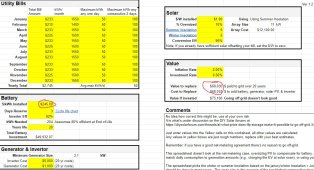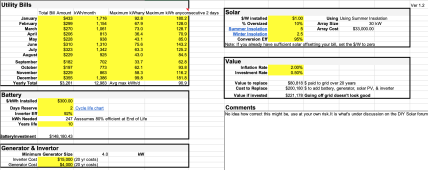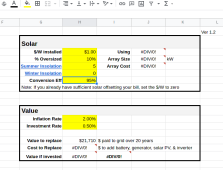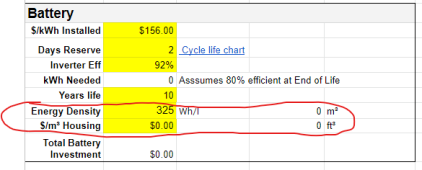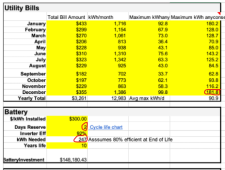NPhil
Freezing in the dark non-enthusiast
- Joined
- Apr 23, 2021
- Messages
- 219
I don't intend for the batteries to be visible from below. My concept includes smoothing the bottom of the vehicle, perhaps with Coroplast, perhaps sheet-metal, or other such, in some combination, for aerodynamics. I guess I will start with the area where the battery trays fit, and the catalytic converter (not necessarily in that order). I should say that I'm aware that I will have to design the cover over the converter and exhaust system area in a way which doesn't trap too much heat.Not hidden compartments: hidden releases for your visible batteries slung under the frame!
You have given me an idea- I could construct the panel which is the bottom of the batteries in a way which appears to be secured from below with screws into the frame rails, when it is in fact secured elsewhere, from inside the van. The screws visible from below would just spin, but not do anything (except, perhaps, trigger an alarm, and perhaps other things (all designed to never cause bodily injury or death, of course).



